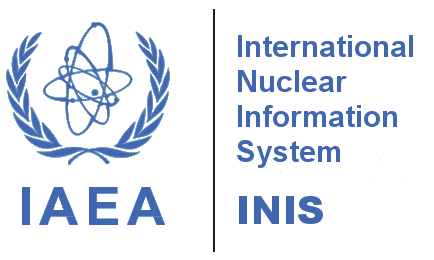Exploring the Radiation Techniques in Agricultural Wastewater Management
Af'ida Khofsoh, Inggit Kresna Maharsih, Ananda Ananda, Ahmad Dody Setiadi, Muhammad Hamzah Solim
DOI:
http://dx.doi.org/10.17146/jair.2023.19.1.6889
Sari
Radiation techniques have gained significant attention in the field of agricultural wastewater management due to their effectiveness in treating diverse contaminants. This review aims to explore the effects and applications of radiation techniques, including ultraviolet (UV), gamma-ray, and electron beam (EB). UV radiation utilizes ultraviolet light to break down organic pollutants, disinfect pathogens, and remove pesticides in agricultural wastewater. Besides, gamma radiation involves the use of ionizing radiation to interact with contaminants and induce degradation processes. Furthermore, EB radiation harnesses high-energy to degrade organic compounds in wastewater. The efficacy of radiation techniques in reducing pesticides, pharmaceutical residues, microorganisms or pathogens, and other organic pollutants has been widely demonstrated. These techniques offer advantages such as versatile applicability, precise targeting of contaminants, and the potential for water reuse in various agricultural sectors, such as crop irrigation, livestock farming, and food processing. However, optimizing process parameters, including radiation dose, dose rate, pH, and temperature, are crucial to maximize treatment efficiency. While radiation techniques have proven beneficial in numerous studies, potential environmental impacts must be addressed. Byproducts generated during radiation and their fate should be studied to evaluate their toxicity and persistence. Proper waste disposal, adherence to safety regulations, and monitoring programs are necessary to minimize risks and ensure the safe use of radiation techniques. In conclusion, UV-C radiation effectively use for surface disinfection, pathogen inactivation, certain pesticides and pharmaceutical residues degradation, while gamma-ray more effective than UV-C for microorganism sterilization and inactivation, pesticide and pharmaceutical residues degradation, as well as EB radiation has high dose rate and selective penetration, and the technique also has speed and precision, feasible for practical application. Thus, advancements in technology will further optimize the efficacy and sustainability of radiation-based wastewater treatment processes in agriculture.
Kata Kunci
agriculture, electron beam, gamma ray, UV, wastewater management
Teks Lengkap:
PDF (English)
Refbacks
- Saat ini tidak ada refbacks.
_____________________________________________________________________________________________________
Terindeks:




_____________________________________________________________________________________________________
Ruang Lingkup:
Aplikasi isotop dan radiasi di bidang pertanian, kesehatan, pangan, industri, lingkungan dan aplikasi terkait bidang lainnya
Copyright:
Jurnal Ilmiah Aplikasi Isotop dan Radiasi (A Scientific Journal for the Applications of Isotopes and Radiation)
p-ISSN 1907-0322
e-ISSN 2527-6433
_____________________________________________________________________________________________________
http://jurnal.batan.go.id/index.php/jair_____________________________________________________________________________________________________











